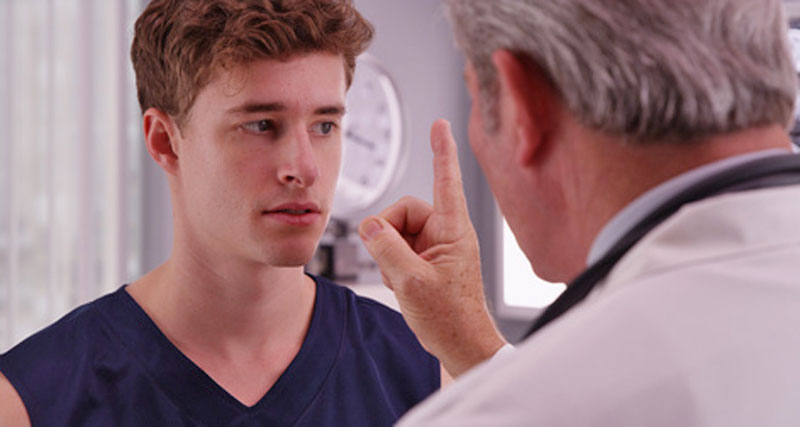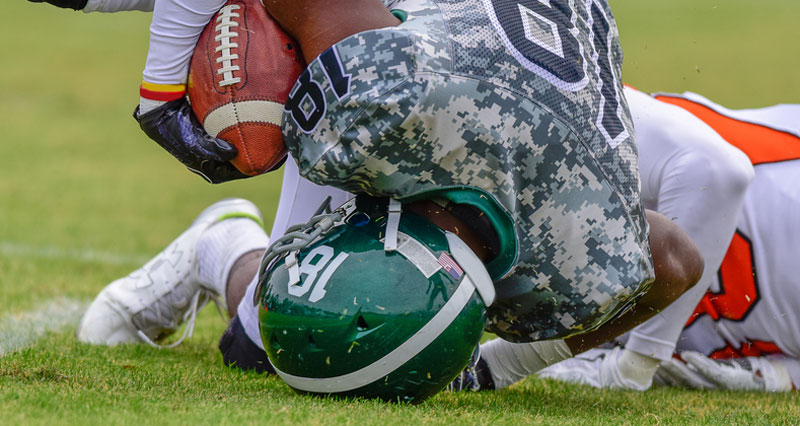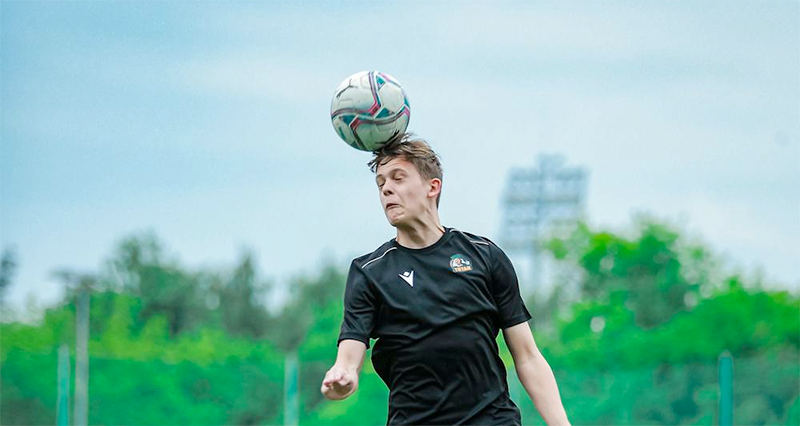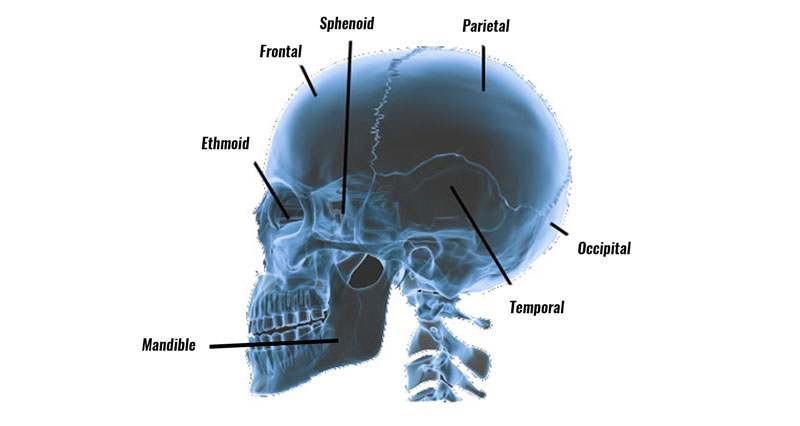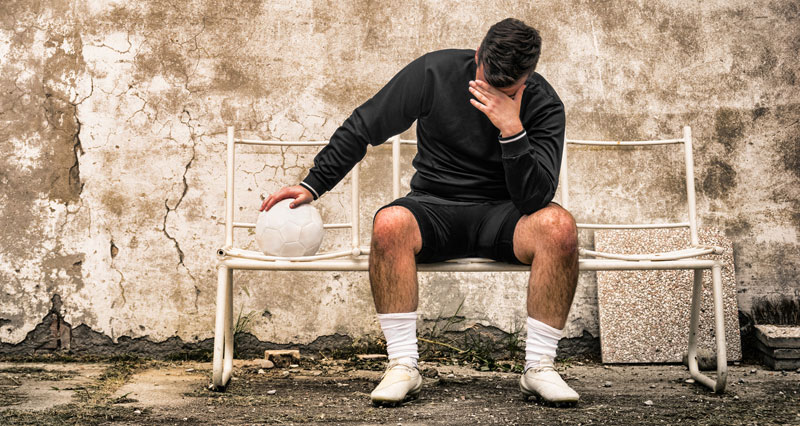Head injuries in sports range from a mild headache to a severe concussion or worse. Always take head injuries seriously! Symptoms might not always show up right away, developing gradually over time.
What to do for a suspected head injury
If you suspect a concussion, remove the player from the field of play. They need a proper assessment which is not always available at the time. Players are often confused and difficult to examine. Therefore, treat any player having had a blow to the head as if they have concussion. This means stopping physical activity immediately and, if safe to do so, removing them immediately from the field of play.
Read more on first aid for concussion.
More serious head injuries in sport
If any of the following apply then suspect a more serious brain injury:
- The player had a high-speed impact or trauma to the head
- If the head makes contact with a hard surface or body part such as the knee
- Symptoms worsen over a short period of time, e.g. nausea or headaches.
- The patient lost consciousness immediately after the impact (however short the time was), or they have fallen unconscious since
- The patient has a seizure or fit
- Bleeding or fluid leaking from the nose or ear which could be evidence of a skull fracture
- A doctor detects a focal neurological deficit (see below)
What is concussion?
Concussion is a common cause of head injuries in sport. It is a very serious condition that is often seen in contact sports. Severe concussions in sports result in permanent brain injury or even death. Symptoms vary significantly depending on the severity of your injury but include:
- Headaches
- Dizziness
- Sickness
- Confusion
- Disorientation
Importantly, even what may seem like a mild concussion should be treated with caution. This is because the long-term effects might not become evident immediately after the injury.
Read more on Concussion.
Headaches
Headaches are a common complaint and vary in type, intensity, pattern, and location from person to person, just as head injuries do.
- The majority of headaches do not require medical attention.
- However, if the pain is new and unusual, or if you have regular headaches but they have changed in their pattern, intensity or frequency then get advice from a Doctor.
- This is particularly important if symptoms include drowsiness, numbness, stiff neck, weight loss or fever.
- Types of headaches include vascular (including migraine and cluster headaches), cervical and exercise related.
Read more on headaches in sport.
Migraine
Migraines are a severe form of headache, usually accompanied by other symptoms including disturbance of vision, nausea, dizziness, or pins and needles.
- Migraines can be classified as with or without ‘Aura’. Aura is one or more other symptoms which usually occur before a migraine really sets in.
- Those who suffer regularly from migraines learn to see this as a warning signal.
Read more on migraines.
Fractured skull
A skull fracture, often resulting from head injuries, is a break to one of the bones which form the head. These include the cranium at the back of the head, parietal bones on the side, and frontal bone or forehead. If you suspect a fractured skull, then seek medical attention immediately. Symptoms include:
- Bleeding from the eyes, ears or nose
- Bruising behind the ears or under the eyes.
- A straw-coloured liquid drains from the eyes or ears.
- Changes in pupil size.
- Headaches, nausea and more.
Read more on a fractured skull.
Brain bleed
A brain bleed can be either acute or chronic and can occur after severe trauma to the head. It is important to seek urgent medical attention for any head injuries as they can be fatal. An acute brain bleed will develop quickly, whilst a chronic one may develop slowly over a period of days.
Blood vessels within the brain rupture causing bleeding inside the skull. Symptoms include:
- Severe headache.
- Dilated pupil (on one side).
- Slow pulse.
- The patient may be unconscious.
Read more on brain bleeds.


